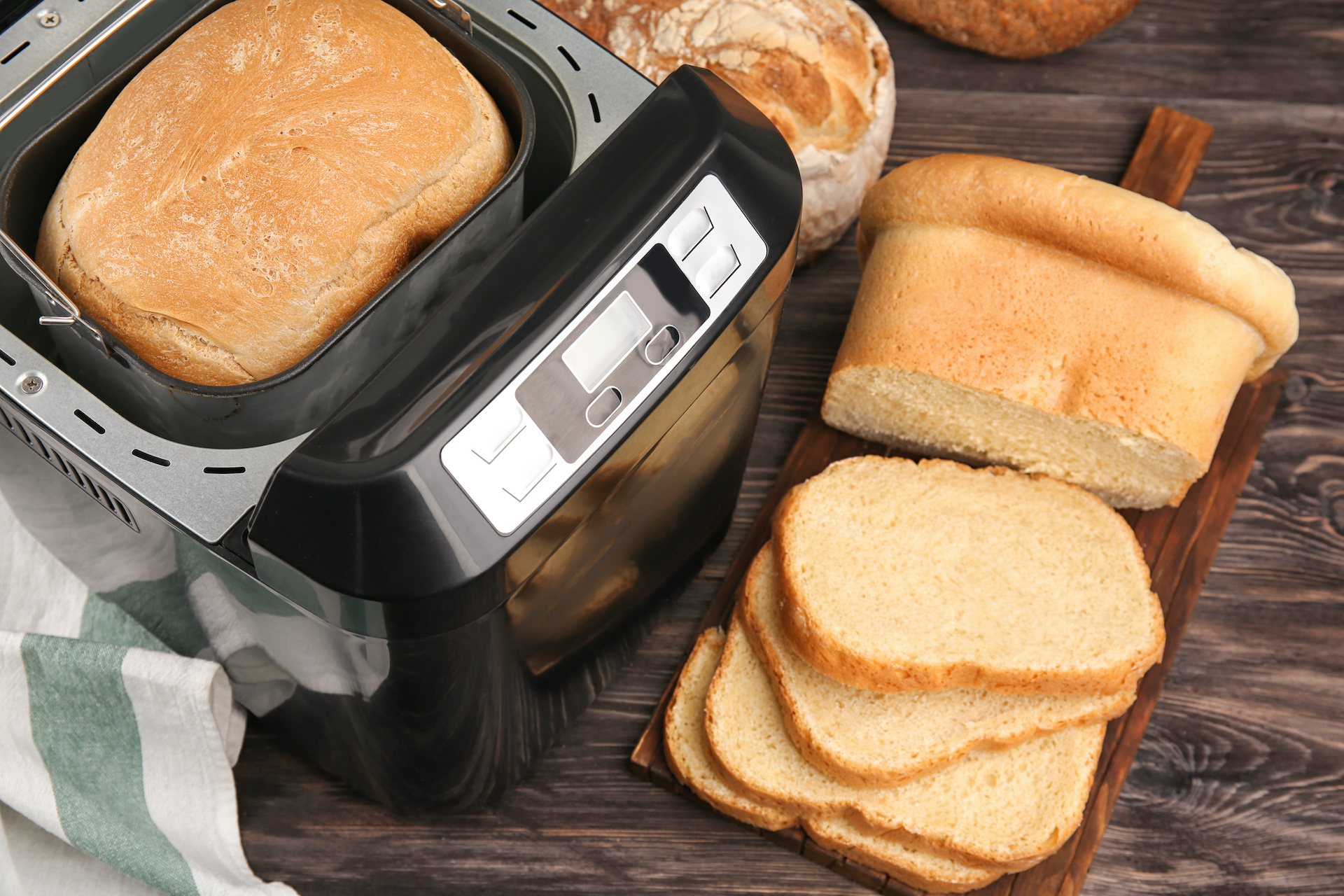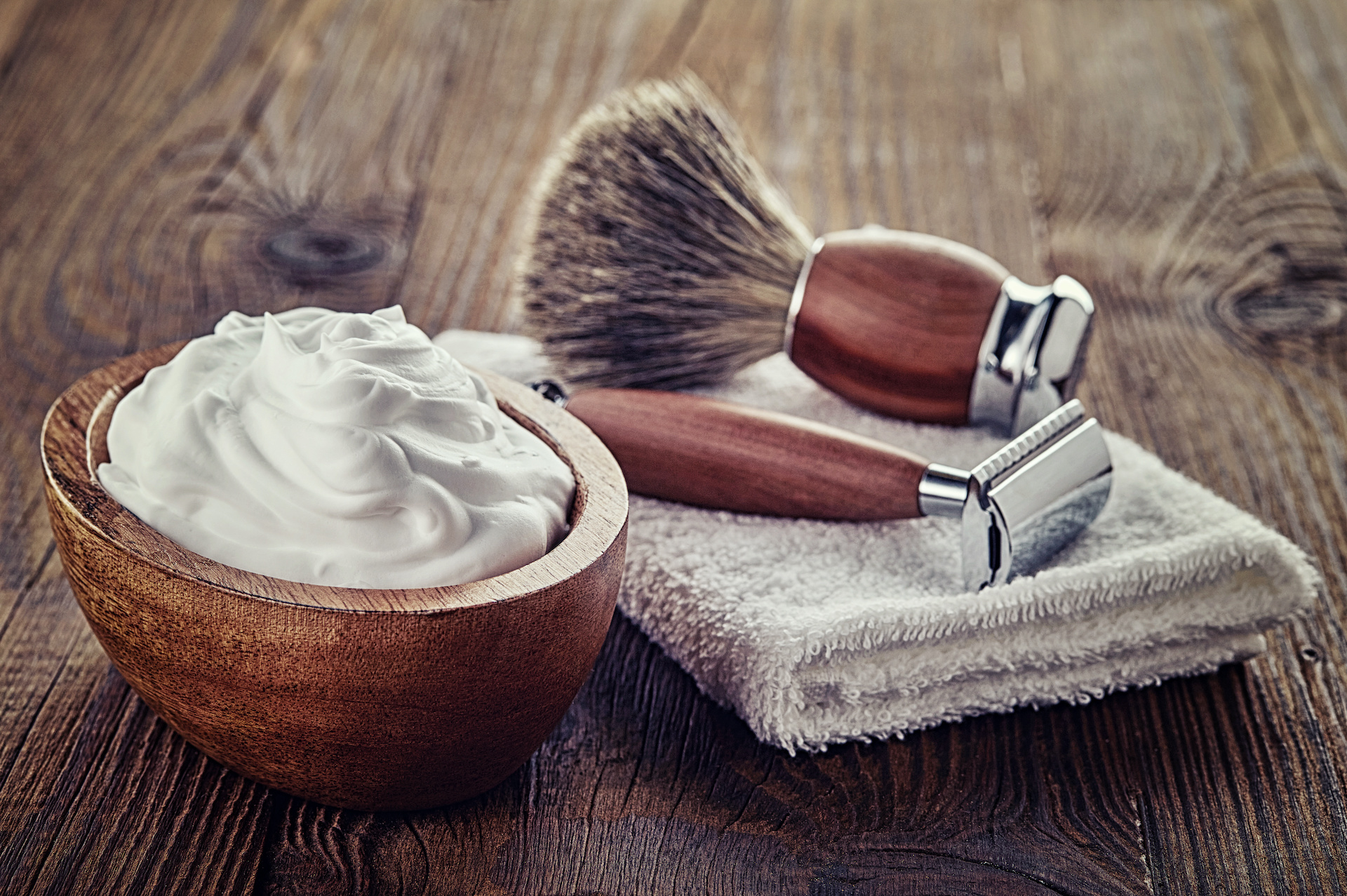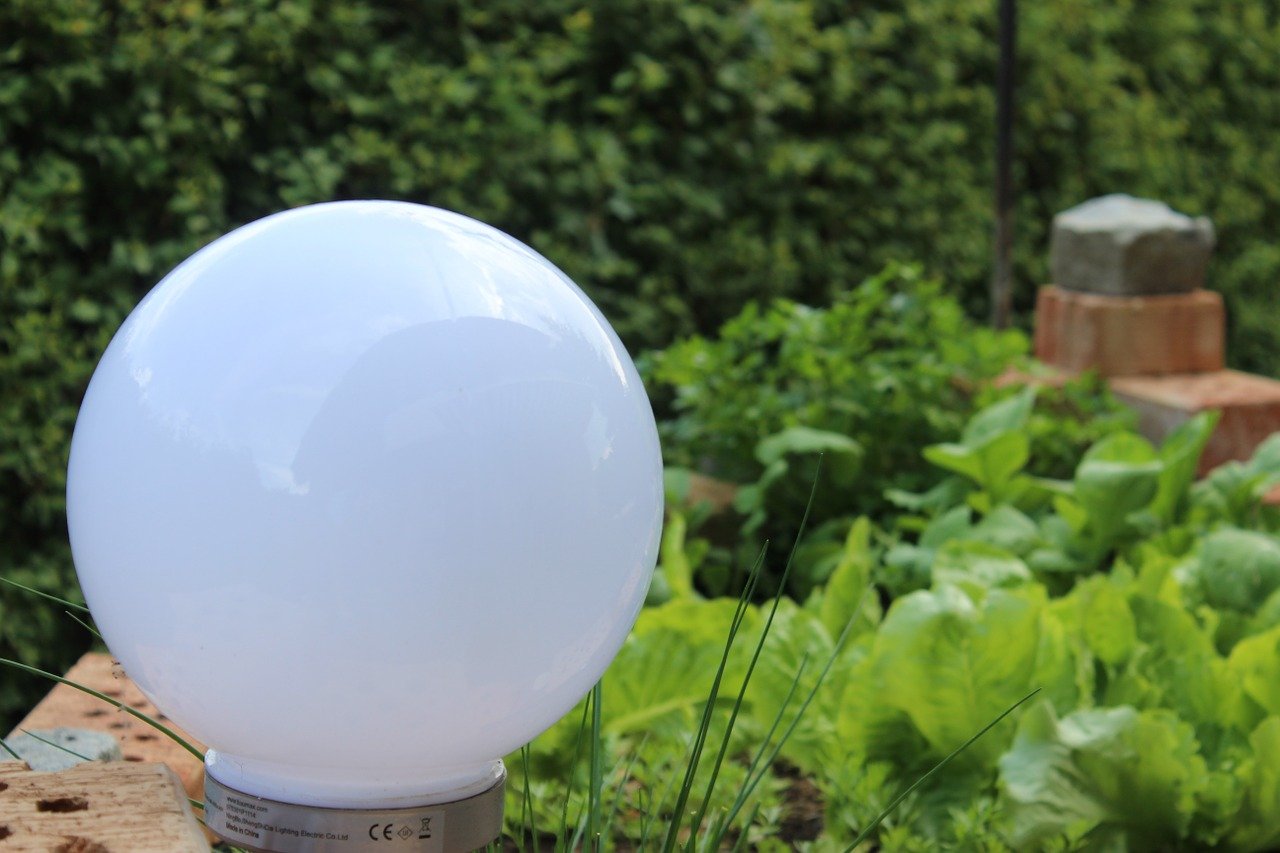Table of Contents
Drying herbs? Herbs from your own garden are still the most aromatic – we show you the best way to dry and store your herbs. Thyme, rosemary, and basil – herbs belong in every good kitchen and refine numerous dishes. Especially the herbs from your own garden you hardly like to miss, because they are a real treat for the palate.
But in winter, the herb patch often looks meager: Many herbs are unfortunately not winter-hardy. Nevertheless, you don’t have to do without the delicious spices, because they can be preserved simply and easily. We show you how best to dry, preserve and store your herbs.
If you also do not want to do without herbs in winter, you will find practical tips below on how best to dry, preserve and store herbs.
Which herbs can be dried?
In fact, the time at which herbs are harvested plays a particularly important role in storage. The reason: in order to retain their full flavor after preservation, plants should also be at the peak of their flavor when they are harvested. Many herbs develop their best aroma before their actual flowering phase and should then be picked quickly – after all, when plants such as dill, oregano, and chives reach their flowering stage, their aroma is abruptly reduced.
But the time of day and weather should also be perfect for an ideal aroma. This is most intense on a sunny morning, shortly after the dew has dried off. If the herbs are picked on a rainy day instead, their aroma is not only mellowed but the drying process is also made more difficult. Additionally, with herbs, proper care can lead to increased flavor: If the herbs are optimally cared for, for example by using a good herbal soil such as our Plantura Organic Herb & Seeding Soil, they can develop their aroma in the best possible way.
How do you dry herbs?
Drying herbs is the best known and most popular way of preserving herbs. No wonder, after all, this method is not only considered to be particularly easy but the dried herbs can also be used very well in the kitchen. Thus, the dried herbs can be used excellently as a spice. But drying herbs for tea is also a great way to preserve herbs from the garden. But how do you dry herbs? There are several methods for doing so. The most common – drying herbs in the sun, in the oven, in the dehydrator or microwave we have summarized here for you.
Do not wash herbs before drying
A common mistake among hobby gardeners when drying herbs is to give the plant parts another good wash. Unfortunately, contact with water not only causes the drying process to take much longer, but the herbs also lose flavor. Instead of washing the herbs, you should just shake them out vigorously – this will also rid the plants of dust and unwelcome creepy-crawlies. If the plant is more heavily soiled, however, there is no getting around the sink.
However, try to clean the plants only as briefly as possible and with cold water, so the aroma is preserved. After the bath, you should remove excess water from the herbs – the best way to do this is to carefully pat them dry with kitchen paper. When freezing and pickling herbs, however, washing is expressly permitted, as it has no effect on the preservation.
Drying herbs in the sun
It is not only the best known but also the most gentle way to dry herbs: Air drying usually involves tying the herbs together in loose bunches with twine or a rubber band and hanging them upside down. Large leaves of laurel or sage, on the other hand, are best dried individually on a kiln.
Ideal for drying is a wind-protected, shady, and warm place, whereby special attention must be paid to the temperature. If it is too cold, the herbs cannot dry properly and in the worst case start to rot. If it is too warm, on the other hand, there is a risk that the essential oils of the plants will evaporate and the plants will lose their aroma. For this reason, herbs should ideally not be exposed to temperatures higher than 35 °C, but also not to sunlight. But how long do herbs need to dry? Under optimal conditions, the herbs are completely dry after 3 to 4 days and can be stored in an aroma-proof container until they are used.

Drying herbs in the oven
While air drying is simple and time-honored, it is also very time-consuming and takes up a lot of space. If you don’t want to wait that long, you can also use modern tools: Herb drying in the oven is particularly well known. No wonder, after all, there is an oven in almost every household and the drying process can be accelerated considerably by the oven.
To dry herbs in the oven, they must first be preheated. When drying herbs in the oven, the temperature should be kept as low as possible, as this is the only way to retain as many aromas as possible. Afterward, the herbs are chopped and spread out on a baking tray with baking paper. To allow the moisture to escape, the door of the oven should be left a little open – a tried and tested trick is to wedge a wooden spoon into the oven door. After about three hours, the herbs are ready to dry and can then be cooled and stowed away.
Drying herbs in the microwave or dehydrator
Besides the oven, there are two other kitchen appliances that are popular for drying herbs: The microwave and the dehydrator. If you want to dry herbs particularly gently, you should use the latter. The advantage of the dehydrator is the low temperatures of between 30 and 70 °C (ideally no higher than 50 °C), with which the water is gently extracted from the herbs – so that loss of aroma is limited. How long it takes to dry herbs in the dehydrator varies depending on the model, the temperature setting, and the herb in question.
Microwave drying, on the other hand, is not recommended as the herbs lose a lot of flavors. If you do use the microwave, it makes sense to set the wattage as low as possible and to dry in several cycles that last no longer than 30 to 45 seconds so as not to lose too much aroma. Between the individual cycles, the herbs can be rearranged to achieve the most even drying possible.
Buy dehydrator on Amazon.com >>
Freeze herbs
Many herbs are not only wonderful to dry, but also excellent to freeze. Especially plants with soft leaves (for example chives, basil, and parsley) are just made for the freezer. By freezing the ingredients and essential oils are preserved better than when drying the herbs and the taste remains very intense. In addition, this method is also very easy: the herbs only have to be chopped, portioned in a suitable container (for example an ice cube mold), poured over with water, and then frozen. Here they can be stored for up to twelve months and can be easily removed for cooking.
Pickling herbs in oil
For many people, pickled herbs only have a nostalgic charm – but this type of preservation is not old-fashioned at all and is even very gentle on the aroma of the herbs. Especially in Mediterranean cuisine, the pickling of basil and co. is still widespread and the pickled herbs belong in every good kitchen. For this purpose, the herbs are washed, cut, and poured over with oil in a container. It is important that the oil is a high-quality variety and that all herbs are covered with oil.
The advantage of this method is that you can mix the herbs with each other, but also with chili and garlic. After three to four weeks, you can finally strain and decant the oil: It now contains the full aromatic flavor of the herbs. By the way, the herbs can also be pickled in mild vinegar according to the same principle.
Which herb for which method?
Not every herb can be preserved with every method without problems and loss of aroma, which is why you should inform yourself about the appropriate preservation beforehand. Most herbs can be dried without problems, especially the Mediterranean herbs (with the exception of basil), but lavender, chamomile, savory, and marjoram are also good for this.
Basil, leaf coriander, and chervil, on the other hand, do not tolerate drying at all and should rather be pickled. Dill is also ideal for pickling, as both the cones and the leaves can be preserved in this way. As mentioned above, herbs with soft leaves and shoots are best suited for freezing. Basil, however, is again an exception: In the freezer, its leaves turn brown and mushy and lose almost all their flavor.
Store dried herbs
If you want to enjoy your herbs for a long time, they are not finished after drying: in fact, the storage of herbs after drying is crucial for their shelf life. A common mistake that many people make when drying and storing herbs is choosing the wrong container: Ideally, this should be protected from air and light in order to preserve the aroma of the herbs.
UV radiation and high humidity have a negative effect on the aroma and shelf life of the dried herbs. If you prefer white glass or transparent plastic as a material for optical reasons, you should make sure that the spices are stored in the dark (for example in a kitchen cupboard) so that as little harmful UV radiation as possible reaches the herbs.
In addition, always make sure that the herbs are absolutely dry when they are stored – otherwise, there is a risk of mold growth. But not only the container is important when storing dried herbs, but the location is also crucial. This should be as dry and dark as possible. Dried herbs should therefore not be stored above the stove or next to the sink: The increased humidity can cause loss of aroma or even spoilage of the herbs.
Read more about: 7 Herbs to calm anxiety



